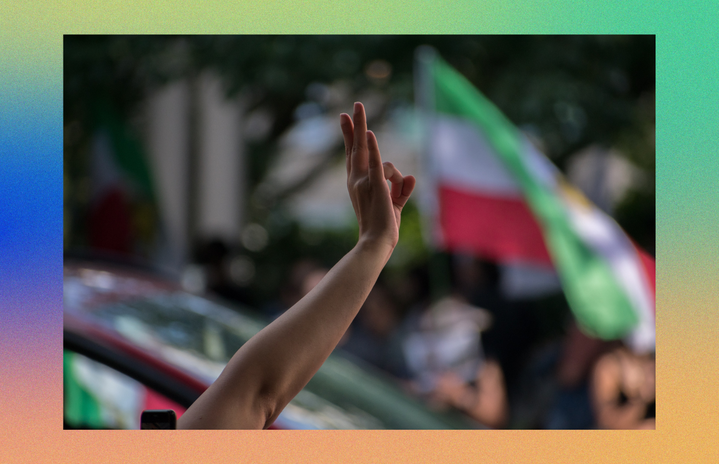Over the last two months, one of the largest civilian protests in recent years has been occurring in Iran. Women have taken to the streets in Iran after the death of Masha Amini, a young woman who died after being taken into police custody. Amini’s death has brought to light the oppressive treatment of women in Iran over the last few decades.
Who was Masha amini?
Masha Amini was a 22-year-old Iranian woman who was killed on September 16 of this year after being arrested by the Islamic morality police. Amini was arrested for allegedly not complying with the country’s veiling laws, which say that all women must uphold the Islamic dress code and modesty. She was also arrested for not wearing her hijab correctly. The hijab is mandatory for all women in Iran. Masha Amini died three days after being taken in custody.
Authorities claim that Amini suffered a stroke while in custody which led to her death. However, it is believed that Amini died at the hands of the Islamic police. Witnesses accused police of beating Amini inside a van as she was led to a detention center.
protests and law enforcement response
After the death of Masha Amini, thousands of women took to the streets of Iran. In the videos and photos of the protest, many women are seen burning their hijabs and cutting their hair in defiance of the modesty laws.
Sadly, the protests in Iran have led to violence against civilians. Reports of arrest, beating, and killings of protesters have been rising. According to Iran Human Rights, at least 304 people have been killed by the Iranian authorities. Protesters are even being charged with crimes that carry the death penalty
On October 6, The Washington Post reported that a 16-year-old protester named Nika Shakarami had died. She was one of the women who burned her hijab in protest. According to BBC News, her mom disappeared on September 20 after telling a friend that she was being chased by the police. Sadly, Nika Shakarami is not the only one. Hannah Kia and many others have also been victims of the authorities. Allegedly Iranian authorities have also been harassing the families of those who have been arrested.
WHY DOES THIS MATTER?
The protest started because of anger with the police over modesty laws. However, they represent a bigger movement that threatens the regime ruling over Iran since 1979. In Iran, women’s bodies have been a political playground for decades. Dress codes are an important feature of the regime’s policies. These protests are another example of women having to fight tooth and nail to be treated like people. Hopefully, the protests will lead to some major changes to Iranian law and policies.
WAYS TO HELP
The first way to help is to keep yourself updated on what’s happening and inform others. These are three accounts to follow to keep up to date: @middleeasternmatters, @iranrights, and @tytysplanets.
You can also donate to human rights organizations like the Center for Human Rights in Iran, the Abdorrahman Boroumand Center, Amnesty International, and many more.


